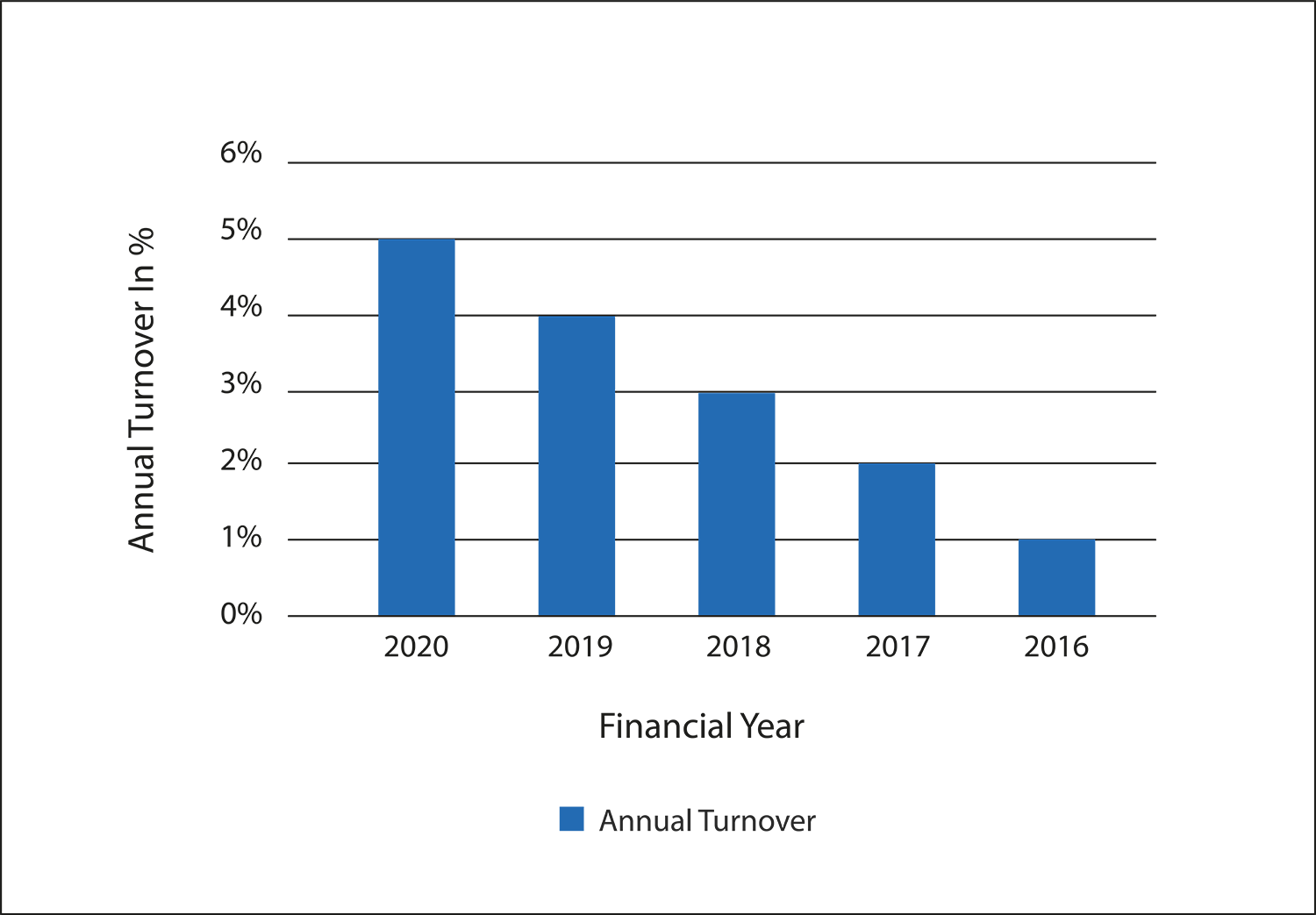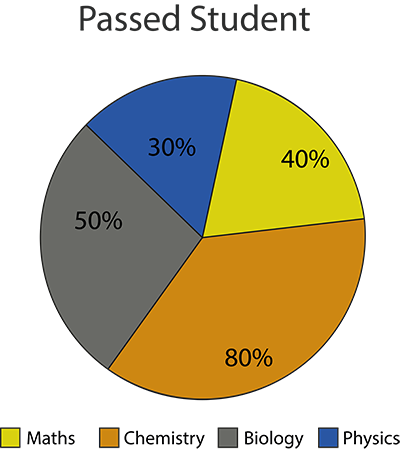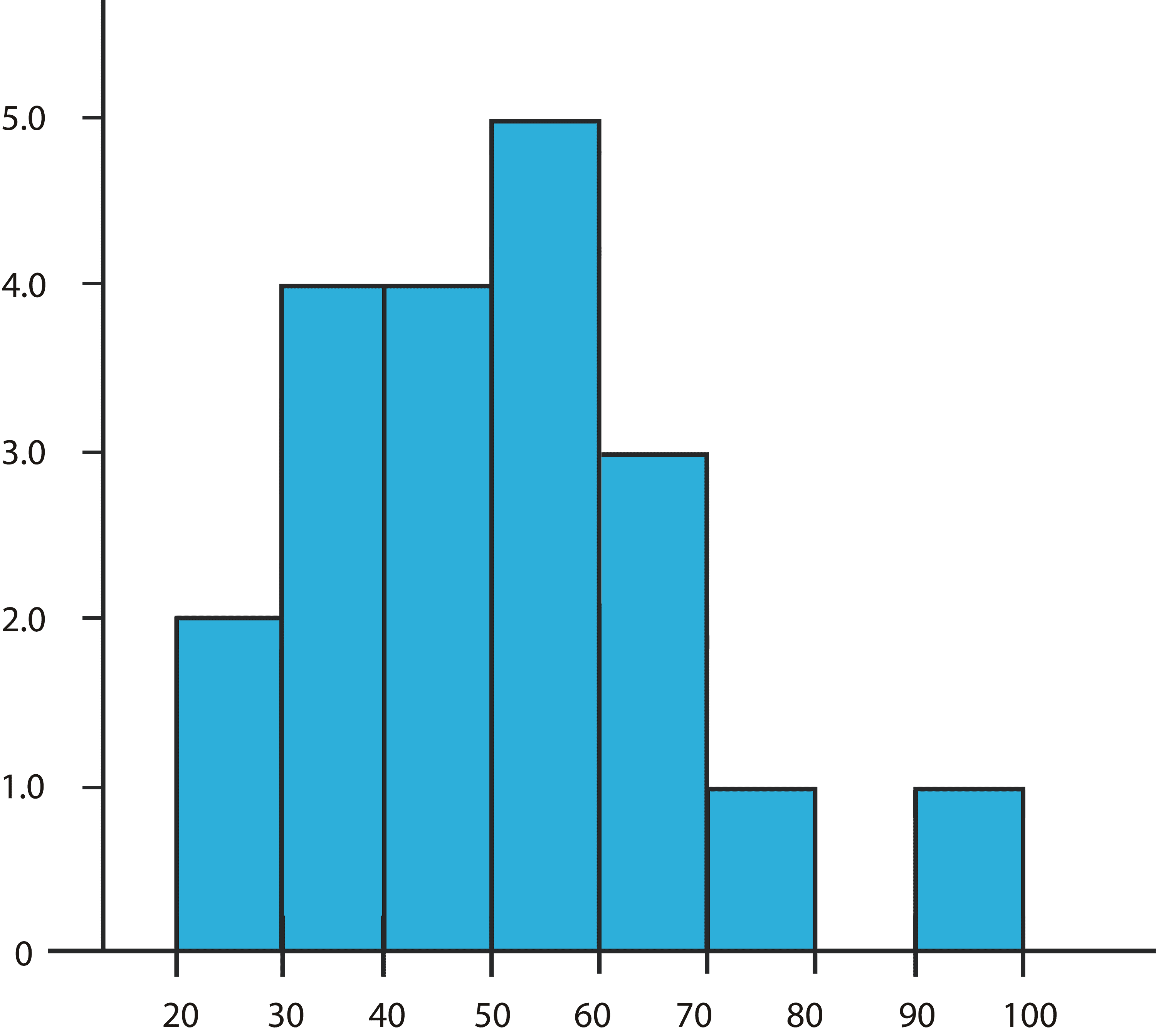Maths Notes for Chapter 13 Introduction to Graphs Class 8 - FREE PDF Download
FAQs on Introduction to Graphs Class 8 Maths Chapter 13 CBSE Notes - 2025-26
1. What are the key terms to remember for a quick revision of Introduction to Graphs Class 8?
For a quick revision of this chapter, you should focus on these key terms. A graph is plotted on a Cartesian plane, which has two perpendicular lines: the horizontal x-axis and the vertical y-axis. Their intersection is called the origin (0,0). The location of any point is given by its coordinates (x, y), which represent its distance from the y-axis and x-axis, respectively.
2. What is the main purpose of using a line graph in Class 8 Maths?
The main purpose of a line graph is to display data that changes continuously over a period of time. It consists of points connected by line segments, making it easy to see trends, such as an increase or decrease in temperature over a day or the growth of a plant over several weeks. It is an excellent tool for a visual summary of time-based data.
3. What is the concept of independent and dependent variables in a graph?
In any relationship shown on a graph, there are two types of variables. The independent variable is the one you can control or that changes on its own, like time or the number of items you buy. It is usually plotted on the x-axis. The dependent variable is the one that changes as a result of the independent variable, like the distance travelled or the total cost. It is plotted on the y-axis.
4. How is a linear graph different from a regular line graph?
This is a key concept for revision. While a line graph can be a series of connected line segments that may bend or change direction (zig-zag), a linear graph is a special type of line graph that is always a single straight line. This straight line indicates a constant rate of change or a direct proportional relationship between the two variables being plotted.
5. Why does the graph showing the cost of apples at a fixed price per kg form a straight line?
The graph forms a straight line because the relationship between the weight of apples (independent variable) and the total cost (dependent variable) is directly proportional. For every 1 kg increase in weight, the cost increases by a fixed, constant amount (the price per kg). This constant rate of change is what results in all the points lying on a single straight line when plotted on a graph.
6. What information can you get by just looking at the coordinates of a point, for example, P(5, 0)?
By looking at the coordinates, you can instantly understand the point's position relative to the axes. For a point P(5, 0):
- The x-coordinate is 5, meaning the point is 5 units to the right of the y-axis.
- The y-coordinate is 0, meaning the point has zero vertical distance from the x-axis.
Therefore, the point P(5, 0) lies directly on the x-axis.
7. In a real-world scenario, what does a horizontal line on a distance-time graph signify?
A horizontal line on a distance-time graph indicates that as time is passing (moving along the x-axis), the distance from the starting point (the value on the y-axis) is not changing. This means the object is not moving. In simple terms, a horizontal line on such a graph signifies that the object is stationary or at rest.





















